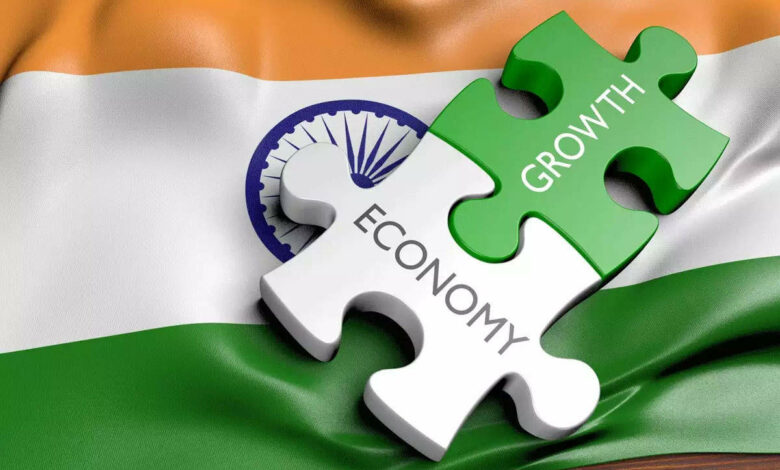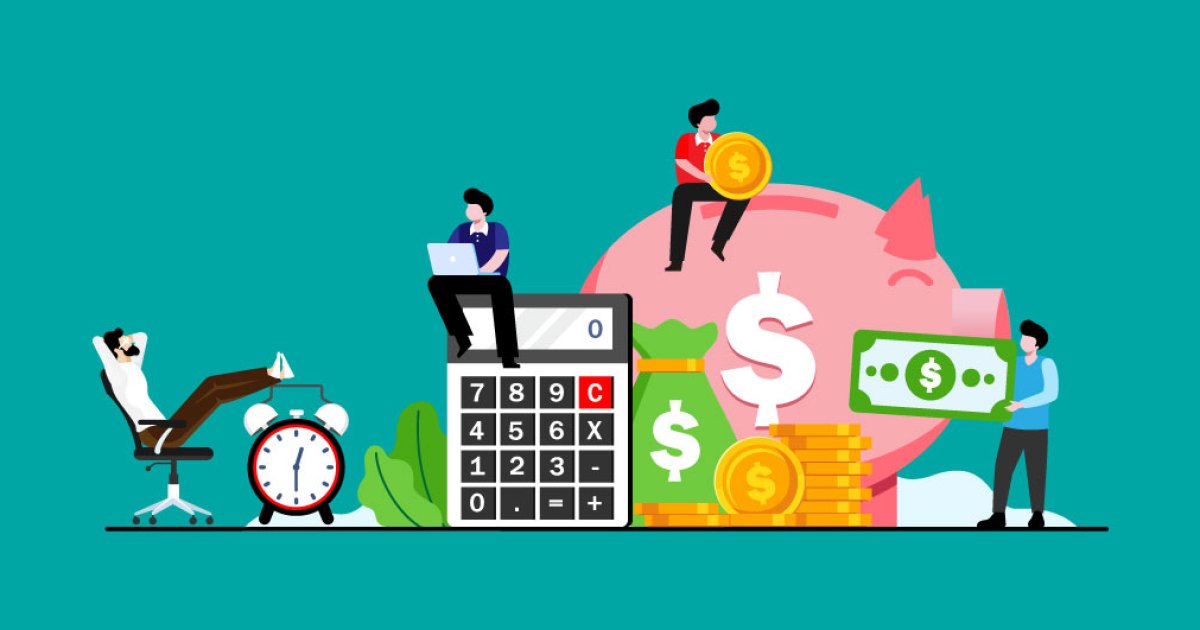Income inequalities driving uneven economic recovery in the country

Income inequalities and damaged caused by it
It has been a topic of conversation for a long time now, yet, not has one been the topic of solution. Guess what we’re referring to? Yes, the income inequalities. The country has been in a whirlwind of problems since last year and as it seems, the damage caused is much different for different people. While some people earned more than anybody on the planet in the last pandemic year, many struggled to afford two meals a day.
While corporations still registered profits in their accounts, the unemployment rate rose to double digits. In the last year itself, India added 32 million people from the middle-class list to below the poverty line, as per data published by Pew Research Institute. Yet, any action steps towards reducing this income inequality and dealing with helping the poor out of this spite were completely missing in action in the Budget presented in February 2021.

Well, it was only time the country started witnessing the impact of this inequality on growth. Let’s discuss in detail the scope and repercussions of what awaits our economy.
The current stance
According to data released by the Centre for Monitoring Indian Economy, 10 million job losses have been incurred by households particularly during the second wave of the virus, bringing the unemployment rate to double digits yet again. Not only that, the urban-rural divide that happened last year during the pandemic is still going strong, with prospects of urban employment and support not available at the very best.
What all this information immediately corresponds to is the fact that 97 percent of Indian households have seen a drop in their income during the hard-hitting second wave. This is an alarm, not only for the economy but for the government as well because it will bring with itself scrupulous and political implications.
Economic recovery prospects and Income inequality-
As for economic recovery, the prospects for sharp recovery for this year have been already slashed by the Central Bank to slightly above 9 percent. While this may seem like an impressive number, what goes unnoticed is the fact that the base on which this increase is calculated is a very distressing number, implying that the output growth primarily concerned with the current fiscal year would stay significantly less than the pre-pandemic levels. Compare this with our neighbor, China, which never even feels below the pre-pandemic output level. Wait, there’s more.

The growth prospect numbers for this fiscal year are even lower as per the World Bank’s forecast, at a little above 8 percent. All these are indicatives of the grim output and thus, income prospects of the year. This is a corollary of the sharpened income inequality in the face of the slight economic recovery we’re looking at.
The uneven recovery-
To get a picture, look at where we’re standing. As the economy opens back up with several states lifting lockdown restrictions, Nomura Index told us that the worst is behind us. Yet, the survey conducted by the Central Bank shows the worst consumer confidence in decades, with future expectations of income and consumption also at a low. The middle class plays a significant role in the total consumption expenditure of the country, and with low-income expectations of the current and future period, the likelihood of discretionary consumption going back to its original levels is highly against odds.
As opposed to this, the positive wealth effect of the upper-income section is reflected in the booming stock market and increasing asset prices, with the effect of risen liquidity by the central bank and foreign fund inflows. As can be unsurprisingly expected, the beneficiary of these would be the ones that have investable income, as suggested by economists. The lower-income groups, on the other hand, have exhausted their stocks of savings owing to large pay cuts and layoffs. Experts deem that the booming stock market, is, in fact, symptomatic of the extreme unevenness of this recovery.
And the worst part is, as we go further in detail, the expectations of consumption growing seem even grimmer. It is because the second wave, specifically, was disruptive for the rural economy with lives and livelihoods at a terrible loss. What this means is that, expecting a third wave, amid a financial crunch, is the last thing to allow discretionary consumption to grow back to its usual levels, which, after all, is a prerequisite for healthy economic recovery. Similar is the case for the urban informal sector, the data we don’t even explicitly take into account when talking about the domestic product numbers.
What is the solution-

And the solution? Well, we’re looking at the government with open arms yet again. It is strange how every question leads us to a fiscal response for the solution yet its availability stays at such a bleak point, simply because the government doesn’t have enough resources. But as data numbers from last year suggest, the lack of appropriate response is what dragged us to this economic contraction point that we’re standing at, today.
Fiscal responses like MGNREGA that were successful in providing a plausible safety net in the first go would also help this time, and the government needs to take active action steps in the direction of job creation and job guarantee, not only in the rural areas but in the urban ones as well.
Unemployment benefits, that are considered to be plausible automatic stabilizers, were completely missing in action in both waves despite these disappointingly high unemployment rates. So such safety nets need to be there to push economic growth, rather sooner than later. While the vaccination drive and other contingencies already add to the strained debt to GDP ratio, the transfer of funds would be a more suggested option.
As for inflation, the current hike in prices is led by insufficient supply, despite global demand creation. An efficient vaccination drive could help fix this problem for the long run so as to stabilize and sustain the opening of economies. Even though inflation prospects driven by pent-up global demand are currently high, economic recovery would make the problem seem less of a concern at the point.




